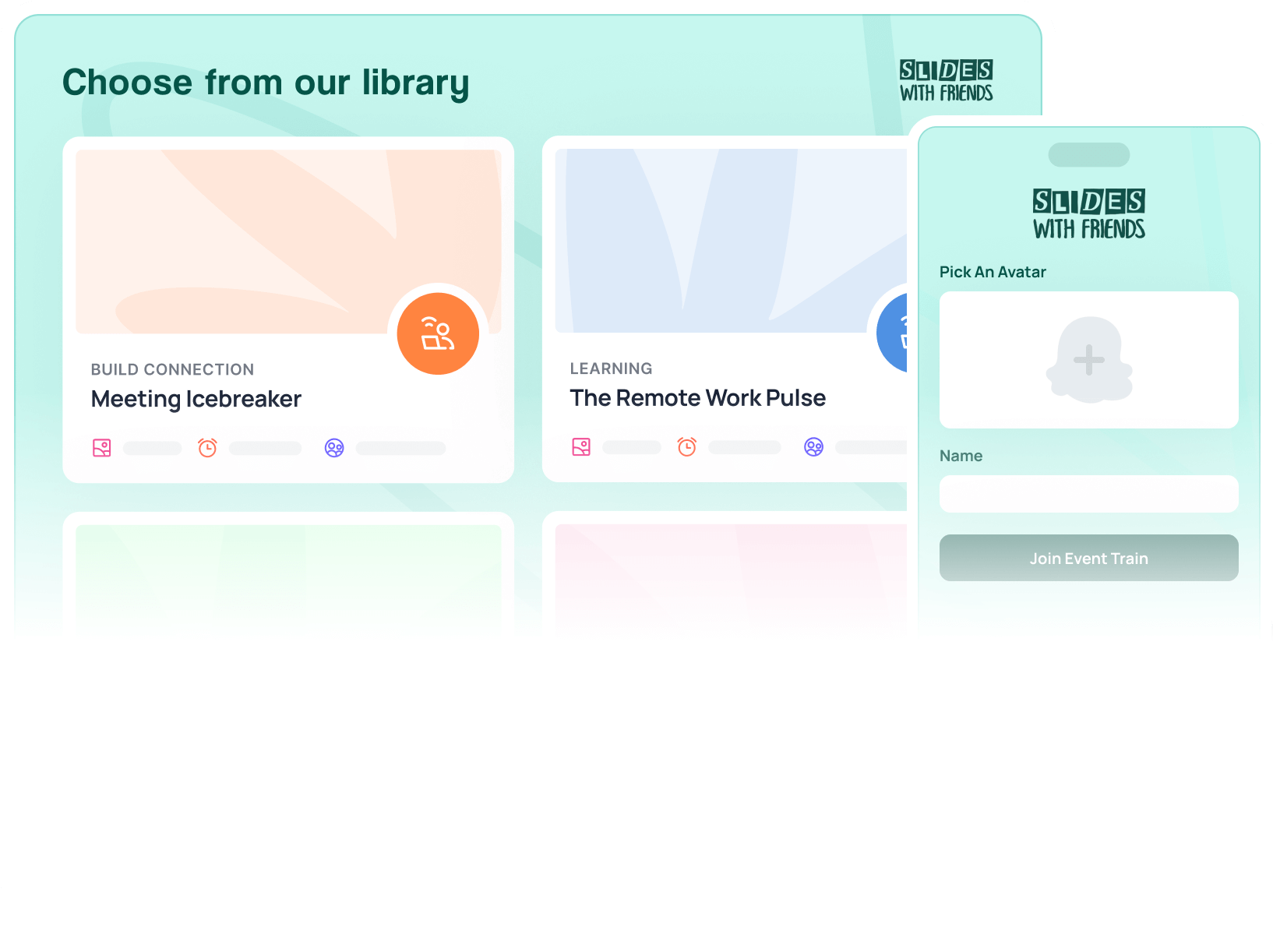10 Interactive Training Ideas That Work (No More Glazed-Over Eyes)
Discover 10 interactive training ideas and how to make training interactive, with examples, tools, and templates for compliance, onboarding, and certifications

10 Interactive Training Ideas That Work (No More Glazed-Over Eyes)
You're halfway through your training session when you notice it. Eyes glazing over. Phones coming out.
Most training fails because employees sit passively while information gets thrown at them. No decisions. No problems to solve. Just slides and talking.
This article shows you how to create interactive training modules that actually work. You'll get practical ideas that turn forgettable sessions into engaging, hands-on experiences your team will remember.
Need something quick to get started? Check out these templates:
10 Step-by-Step Ways to Make Training Interactive — ideas, methods, and activities you can use to make your sessions fun and engaging:
1. Gamify your Training
Adding quick gaming elements in between long modules helps you engage your employees better. When you make your lessons and training participatory — pop quizzes, games, polls, wordclouds, brainstorming, etc — people will lean in more. The more engaged they are, the more they retrain, the better your training outcomes.
We recommend gamifying your training with quick pop quizzes and scoreboards with this training template on Slides With Friends.
More tools like Gametize, Edgagement, Qstream, or Slides With Friends let you add points, leaderboards, and role-based challenges into your existing learning modules without starting from scratch.
2. Interactive Whiteboards
Whiteboards are great for brainstorming ideas together. You can use Miro to build a board containing columns labeled “What We Know,” “What We Need to Learn,” and “How We’ll Apply It.” Ask participants to add sticky notes to each column during the session.
Then move to collaborative exercises. Have small groups use color-coded shapes to map a process, rank ideas with emojis, or connect cause-and-effect relationships with arrows. End by having one team member summarize their board section aloud.
This way, the board becomes a shared workspace that captures thinking, builds accountability, and keeps everyone actively involved.
3. Interactive Presentations
Interactive employee training tools make it easier for managers and trainers to build memorable presentations that reinforce active learning.
You can add animations, quizzes, multiple-choice questions, word clouds, or photo sharing. This allows employees to participate and actually learn something valuable, instead of sitting through boring old PDFs or static slides.
4. Branching Scenario Lab
Branching scenarios let employees practice real decisions in a safe environment. They see the consequences of each choice without real-world risk.
Start by creating a realistic scenario, such as a compliance breach or a customer service challenge, and give participants multiple response options. Each choice should lead to a different outcome, revealing both good and bad consequences.
You can build AI-powered scenarios using ChatGPT or Watson Orchestrate (IBM). These generative AI tools simulate realistic conversations or decision trees in real time, making the learning more adaptive.
Afterward, hold a group discussion to analyze what went right or wrong and reinforce the ideal response. This hands-on approach helps participants connect policy or theory to real-world judgment.
5. Compliance Escape Room
Gamify compliance by designing a series of puzzles or challenges tied to real rules and procedures. Participants solve clues that lead them from one “room” or stage to the next, applying policies correctly to advance.
For example, they might decode an ethical dilemma, identify a correct reporting process, or find hidden errors in a form. The activity builds engagement and reinforces learning through discovery.
Deloitte’s Greenhouse Program offers AI-driven escape-room simulations. Employees collaborate to solve time-sensitive challenges, with the AI adjusting clues based on their decisions.
You can also use Genially, Trello, or ThingLink to build your own escape room activity.
6. Virtual Reality Training
Virtual reality is another effective strategy to make your training interactive. For example, you could use VR to handle customer interactions, run safety drills, or build communication skills by introducing realistic scenarios.
Some of the tools you can use include Strivr for immersive customer service, Virti for AI role-plays, or Pixaera to gamify compliance and technical training.
Team members can actively participate, figure out situations, and think critically to solve problems.
7. Adopt Microlearning
Microlearning breaks down complex learning processes into small modules for approximately 10-15 minutes.
Here’s how to make online training interactive with microlearning:
- Design short, focused modules that cover one concept or skill at a time to make learning easier to digest.
- Incorporate interactive elements like quick quizzes, scenarios, or tap-to-reveal exercises to keep learners actively engaged.
- Use progress tracking and feedback to help employees monitor their performance and revisit areas that need improvement.
Run a little team building game breaks in between modules using this team-building deck.
8. Learning Sprints
A learning sprint is a short, focused burst of collaborative learning designed around a single topic or skill.
Break the topic into short daily activities, such as a 5-minute micro-lesson, a quick quiz, and a team discussion thread to apply the idea in context. End each day with a reflection question or peer challenge.
For example, if you’re introducing a “data privacy sprint”, you can use EdApp, TalentLMS, or Rise 360 for bite-sized lessons.
You can also use this project kickoff template to conduct a “show what you learned” debrief session.
9. Reflection and Feedback Workshops
Another way to engage employees is by including structured reflection moments after each learning session. Ask participants what they learned, what surprised them, and how they’ll apply it at work.
Start by benchmarking your current training effectiveness. Use this survey to gather honest feedback from your team about what's working and what needs improvement.
10. Interactive Video with Checkpoints
You can convert traditional training videos into active learning experiences by embedding short pauses and questions throughout.
Ask participants to predict what happens next, choose a response, or reflect on a key takeaway before continuing. These checkpoints prevent passive watching and encourage learners to think critically as they view.
Tools like Mindstamp or Cinema8 allow you to insert “checkpoints” at any minute you want.
You can add a follow-up activity by collecting responses from the participants and discussing them. This helps you clear any misconceptions that employees may have and track their learning progress.
Ready to Make Your Training Interactive?
If you're looking to make training more interactive, Slides With Friends has training templates that help companies like Amazon, IBM, and FedEx engage their teams. You can sign up for free today and start building interactive training sessions right away.


Ready to ditch the dull, and run team sessions that people will actually enjoy?
Get started with a Slides with Friends deck in no time. We’ve got all the interactive features you need in one easy-to-learn, easy-to-set-up tool.















